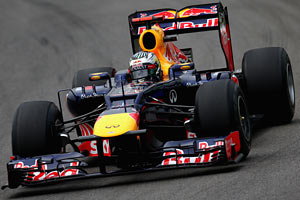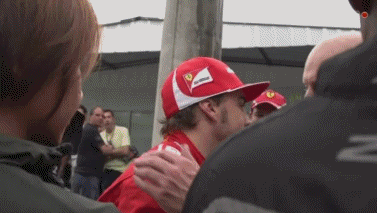rayden wrote:This is why I don't think it is anything sinister.
The mechanics actions indicate the way the nose behaved was not expected.
i think the nose was broken on the DRS signage after the RIC incident, and it is just the outer yellow sticker holding it all together that gives it this rubbery appearance.
That's not an altogether irrational idea. However, that pitstop video combined with this, from the other car...

...makes for some pretty compelling evidence that Red Bull runs a flexible nose.
I wouldn't call it sinister, though. It passes inspection, so it's legal. For me, it just brings up questions as to why the rules are such that an obviously flexible nose is legal.









